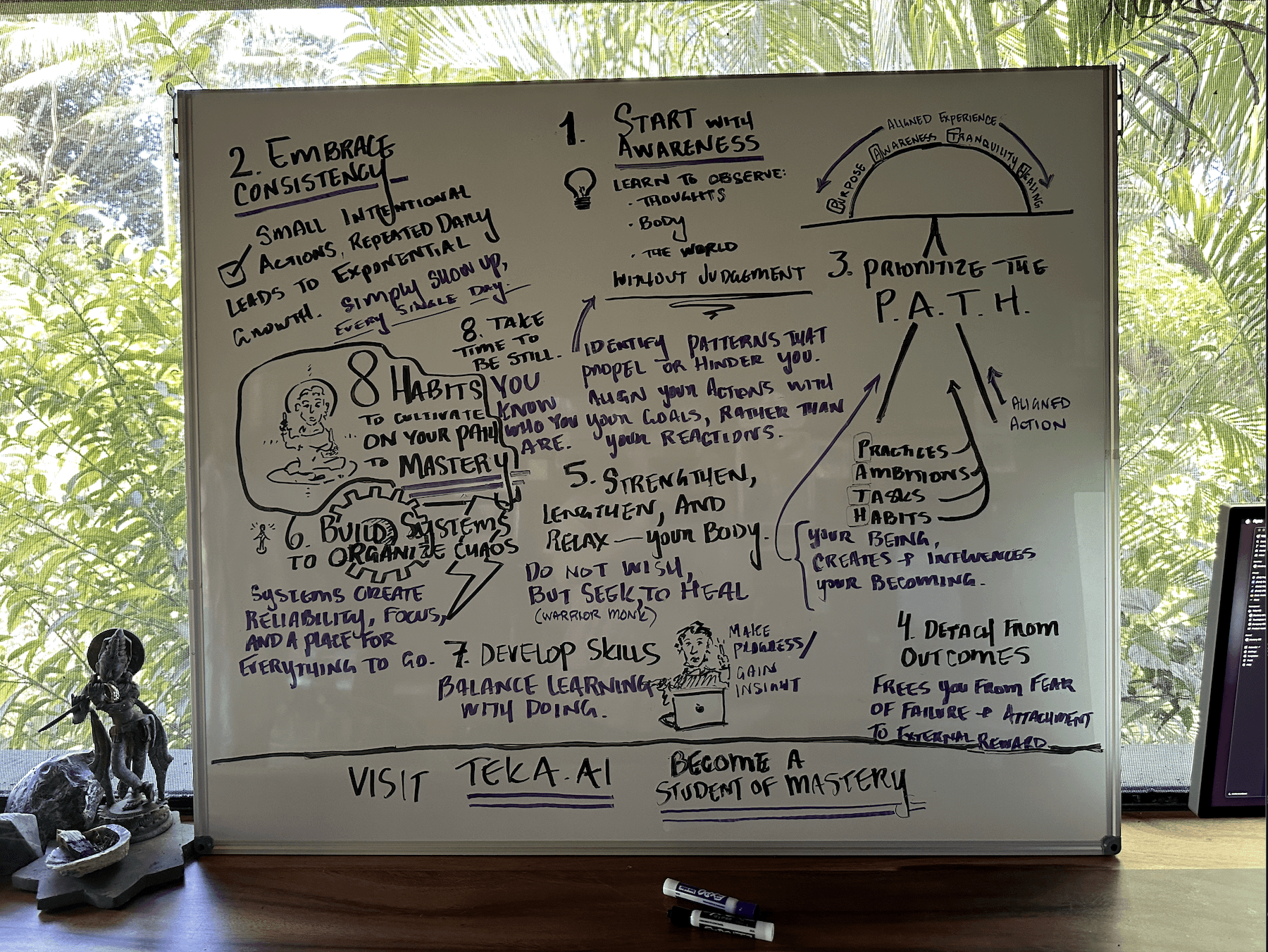Ideating, Creating, and Building a Good Product
The cornerstone of developing a successful product is ensuring that people genuinely want to use it. It’s a simple principle, yet often overlooked. Your goal should be to create something that people find valuable and are eager to use.
Jul 25, 2024
Venture
8 min
Understand Your Users
Start by understanding your users. Conduct research to identify their needs and pain points. Engage with your target audience through surveys and interviews. This feedback will guide your product development process and help you create something that truly resonates. The best person to start with when it comes to research in my experience? Yourself.
Ideation and Clarity
Take your time during the ideation phase. Brainstorm solutions to the problems identified. Gain clarity on what your product should be and how it should function. This clarity will serve as the foundation for all subsequent stages of development, meaning it's ongoing!
Prototyping and Testing
Create a minimum viable product (MVP) with the core features necessary to solve your users' problems. Test this prototype with real users to gather feedback. Identify any flaws or areas for improvement. The goal is to learn and iterate. Once I learned that the key to prototyping and MVP to V1 is being hands on and truly understanding everything that's going on in your early stage business, at least to some degree, things started to become dramatically cheaper to build and actually work!
Iteration and Improvement
Now that you have your MVP, refine your product based on user feedback. Make continuous improvements and enhancements. Stay flexible and open to change. Each iteration should bring you closer to a product that meets your users' needs and exceeds their expectations.
Solve via iteration. Then get paid via repetition.
- Naval Ravikant
Optimization and Growth
As your product matures, focus on optimization. Analyze user behavior and performance metrics to find opportunities for enhancement. Optimize the user experience, streamline processes, and add new features that provide value. Your product should continue to grow (Sales & Marketing) and evolve (Product & Development).
Lifelong Evolution
A good product is never truly finished. It lives, breathes, and learns, just as you do. Embrace continuous improvement and innovation. Stay attuned to your users’ needs and be proactive in addressing them. This ongoing process ensures that your product remains relevant and valuable over time.


